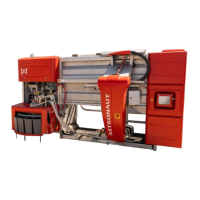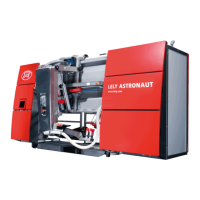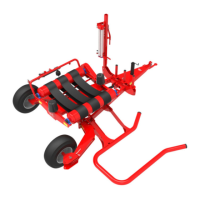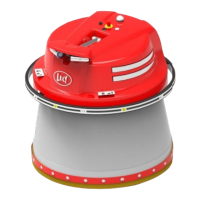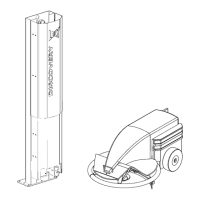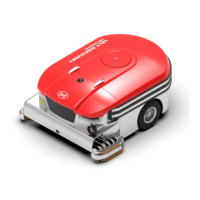Chapter 7 - page 5
Operator’s manual ASTRONAUT
M-HE.002.1003
7.1.10 No air pressure
Alarm message = Pressure alarm
The lack of pressure on the air pipeline leads to malfunctioning of the robot or other pneumatic parts.
The pressure indicator of the compressor should indicate a value of 800 - 950 kPa (8,0 - 9,5 bar). The indicators
(from left to right) below the multiple functional control box should indicate a value of respectively 700 kPa (7,0
bar), 300 kPa (3,0 bar) and 0 kPa (0 bar).
• A valve in the air pipeline near the compressor, robot or tank area is closed.
• The compressor is not functioning properly. Check fuses, plug and thermal safety.
• When it is freezing, valves and rams may be frozen. Moisture within the compressed air system shortens the
lifetime of the rams.
7.1.11 Arm does not turn in or out
Alarm message = Arm does not turn in or out
Robot arm does not turn in or out.
• Valve (24 V) is not functioning properly
• Turn in proximity sensor does not properly detect metal or does not function properly.
7.1.12 Sampling
Alarm message = Sampling
This message indicates that the Shuttle sampling device rack needs to be changed.
7.1.13 Increased bacterial count
Problems caused by a too high bacterial count can usually be attributed to two factors: cooling and/or cleaning.
Always check these aspects when looking for the cause. Long before the bacterial count reaches a level which
may affect the customer, the analysis should take place. An increase, for example exceeding 15,000 bacteria,
could lead to problems during a following milking due to the possibility of slow contamination.
This situation is based on the assumption that the system has been installed properly. In case of doubt or
questions please contact your service technician or supplier.
7.1.14 Slow increase
If the problem starts slowly meaning that the bacterial count increases continuously, make sure to check the
following points:
• Check if sufficient cleaning agent is used (also refer to section 6.1.1 ’Fluids and lubricants’).
• Check if the cleaning agent dose is adjusted correctly (also refer to section 3.4.4 ’Adjust’).
• Check if the cleaning operations are performed properly and check the intervals of the cleaning sessions (see
section 3.4.4 ’Adjust’) and the performance of the system.
• Conduct a main cleaning at least 3 times a day.
• Check if critical parts such as inside of teat liner, milk container, milk receiver jar, valves (at tank also), are
clean, and the thread of the couplings of the tube in front of the milk filter are clean.
• Check if the teat liners and tubes are replaced on time.
• Check the number of cows suffering from clinical mastitis. In case of a large number, there may be cows within
the herd that are suffering from sub clinical mastitis.
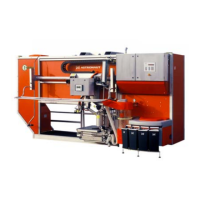
